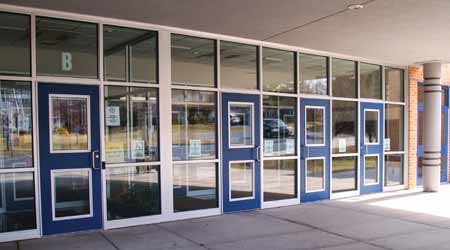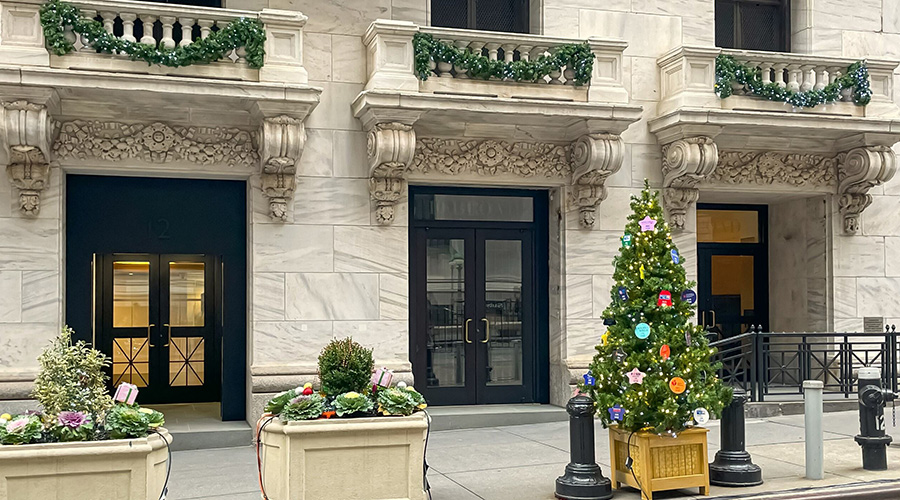 Door locks and hinges can only perform as intended if managers implement a comprehensive programs designed to ensure reliable and efficient operation.
Door locks and hinges can only perform as intended if managers implement a comprehensive programs designed to ensure reliable and efficient operation.How to Specify the Proper Locks and Hinges
Savvy specification, inspection and maintenance of door hardware helps managers address facility security and safety concerns.
Institutional and commercial facilities rely on door hardware to secure buildings and control the movement of occupants and visitors. But these products — including locks, handles, hinges, and operators — can only perform as intended if maintenance and engineering managers implement a comprehensive program designed to ensure reliable and efficient operation.
By identifying common door hardware trouble spots and implementing comprehensive inspection and testing guidelines, managers can ensure their departments’ maintenance and repair activities bring performance and reliability to a facility’s door hardware.
Looking for trouble
Most door hardware trouble spots result from three causes: the wrong class of product was selected for the cycle frequency, high-cycle-frequency parts experience wear, and components are tampered with.
If managers specify a less costly, light-duty class of lock and latch unit — maybe one designed for a residential application — for a commercial door, it will be less reliable and fail more often. This mistake eventually ends up costing more, due to short life cycle and repeated replacement.
Among the most common trouble spots for door hardware are: misaligned latches and strikes; failed batteries; worn moving parts; loose or misaligned crash bars on emergency doors; misaligned sensors; misaligned doors caused by loose hinges; sagging doors caused by the use of a floor wedge or placing a block between hinge and jamb to prop the door open, preventing proper operation or misalignment of the latch and strike; and keys sticking in a cylinder due to worn tumblers or keys.
In addition to these problems, panic bar hardware can fail to operate or cause serious injury if it is installed improperly or with non-standard parts, if it is poorly maintained; or if it is obstructed or blocked with secondary locks or chains violating fire codes.
Latches, hinges, and deadbolts, and door jambs also can become damaged during attempted break-ins. The activation of a tamper alarm is one obvious indication of an attempted break-in. Today’s electronic locks are double-wired so they can show whether a lock was opened from the inside or outside. Less obvious signs of an attempted break-in are pry-bar marks near the latch mechanisms, lock pick marks on the cylinder, and hinge tampering.
Managers should schedule a visual inspection of all such locations periodically. They also should schedule operational checks to look for tamper evidence and determine if there is a need to repair damage, upgrade security cameras, or notify security guards or police of the need for increased patrolling in the area.
Related Topics:














